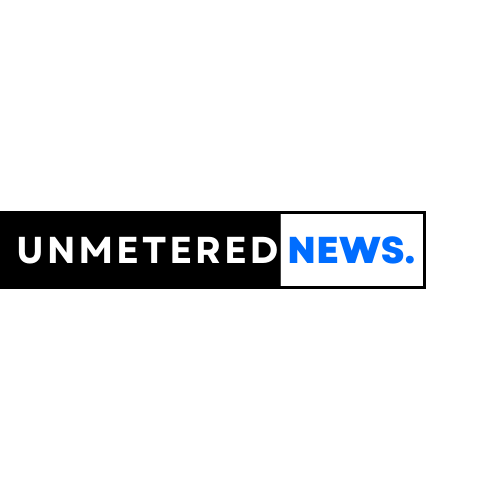How the Indian Media Amplified Falsehoods in the Drumbeat of War

During the conflict between India and Pakistan, even some long-trusted outlets reported unverified information and fabricated stories.
The news reports chronicled India’s overwhelming successes: Indian attacks had struck a Pakistani nuclear base, downed two Pakistani fighter jets and blasted part of Pakistan’s Karachi port, the country’s oil and trade lifeline.
Each piece of information was highly specific, but none of it was true.
Disinformation on social media in the days during and since India and Pakistan’s intense military confrontation last week has been overwhelming. Sifting fact from fiction has been nearly impossible on both sides of the border because of the sheer volume of falsehoods, half-truths, memes, misleading video footage and speeches manipulated by artificial intelligence.
But some of that flood also made its way into the mainstream media, a development that alarmed analysts monitoring the evolution of outlets in India once trusted for their independence. The race to break news and a jingoistic approach to reporting reached a fever pitch during the four-day conflict, as anchors and commentators became cheerleaders for war between two nuclear-armed states. Some well-known TV networks aired unverified information or even fabricated stories amid the burst of nationalistic fervor.
And news outlets reported on a supposed strike on a Pakistani nuclear base that was rumored to have caused radiation leaks. They shared detailed maps that purported to show where the strikes had been. But there was no evidence to uphold these claims. The story of the Indian Navy attacking Karachi was also widely circulated. It has since been discredited.
“When we think of misinformation, we think of anonymous people, of bots online, where you never know what the source of the thing is,” said Sumitra Badrinathan, an assistant professor of political science at American University who studies misinformation in South Asia. Social media platforms were also rife with misinformation during India’s 2019 conflict with Pakistan, but what was notable this time, Dr. Badrinathan said, was that “previously credible journalists and major media news outlets ran straight-up fabricated stories.”
“When previously trusted sources become disinformation outlets, it’s a really large problem,” she said.
Related Articles
Trump and Putin Say They Will Discuss Ukraine Peace Proposals on Monday
The strike came hours after the first face-to-face talks between Ukrainian and...
Outfit Your Team with Android Tablets for Just $75 Each
Disclosure: Our goal is to feature products and services that we think...
Three Iranians Accused of Targeting People in Britain
The charges against the men come as concerns have grown about Iranian...
Three Iranians Accused of Targeting People in the U.K.
The charges against the men come as concerns have grown about Iranian...












Leave a comment